Lightship begins production of the AE.1 Cosmos electric caravan
Many campers are still skeptical about electric cars. Caravan owners fear that the range of their vehicles will fall away in fast motion when towing due to the higher weight and greater air resistance.
The start-up Lightship wants to counteract this: the manufacturer’s camping trailers are not only specifically designed for optimal aerodynamics, but are also equipped with an additional electric drive that actively relieves the towing vehicle and thus keeps its consumption within limits. This is regardless of whether it is a pure electric vehicle, a hybrid vehicle, or a conventional combustion engine.
The company, founded by two former Tesla employees, Ben Parker and Toby Kraus, has now announced that the first production model, called the AE.1 Cosmos Edition, is sold out and that production has started at the company’s own factory in Colorado. The first units are scheduled to be delivered to customers in late summer. At the same time, Lightship has also unveiled two slightly less expensive versions of its futuristic caravan.
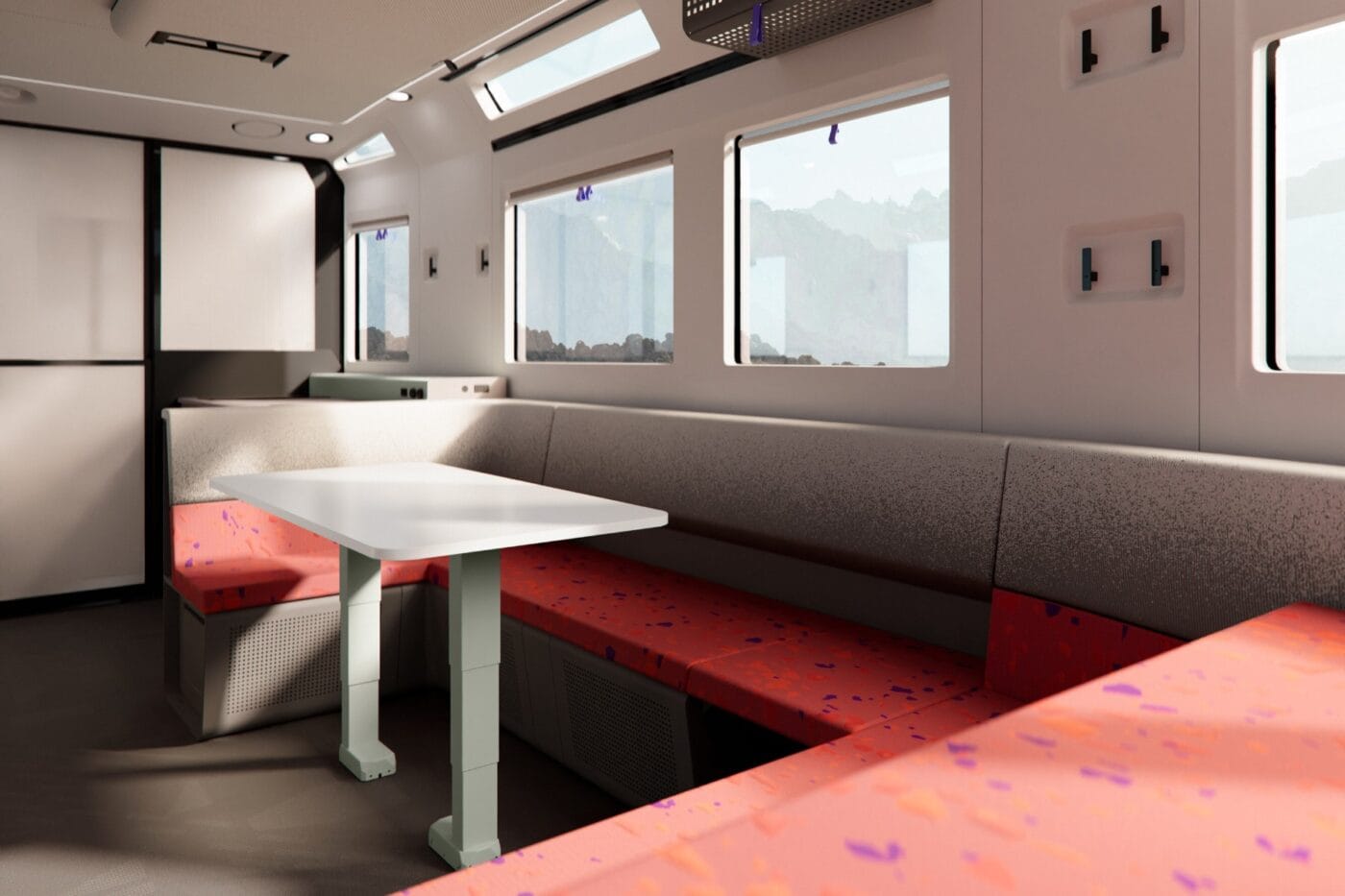
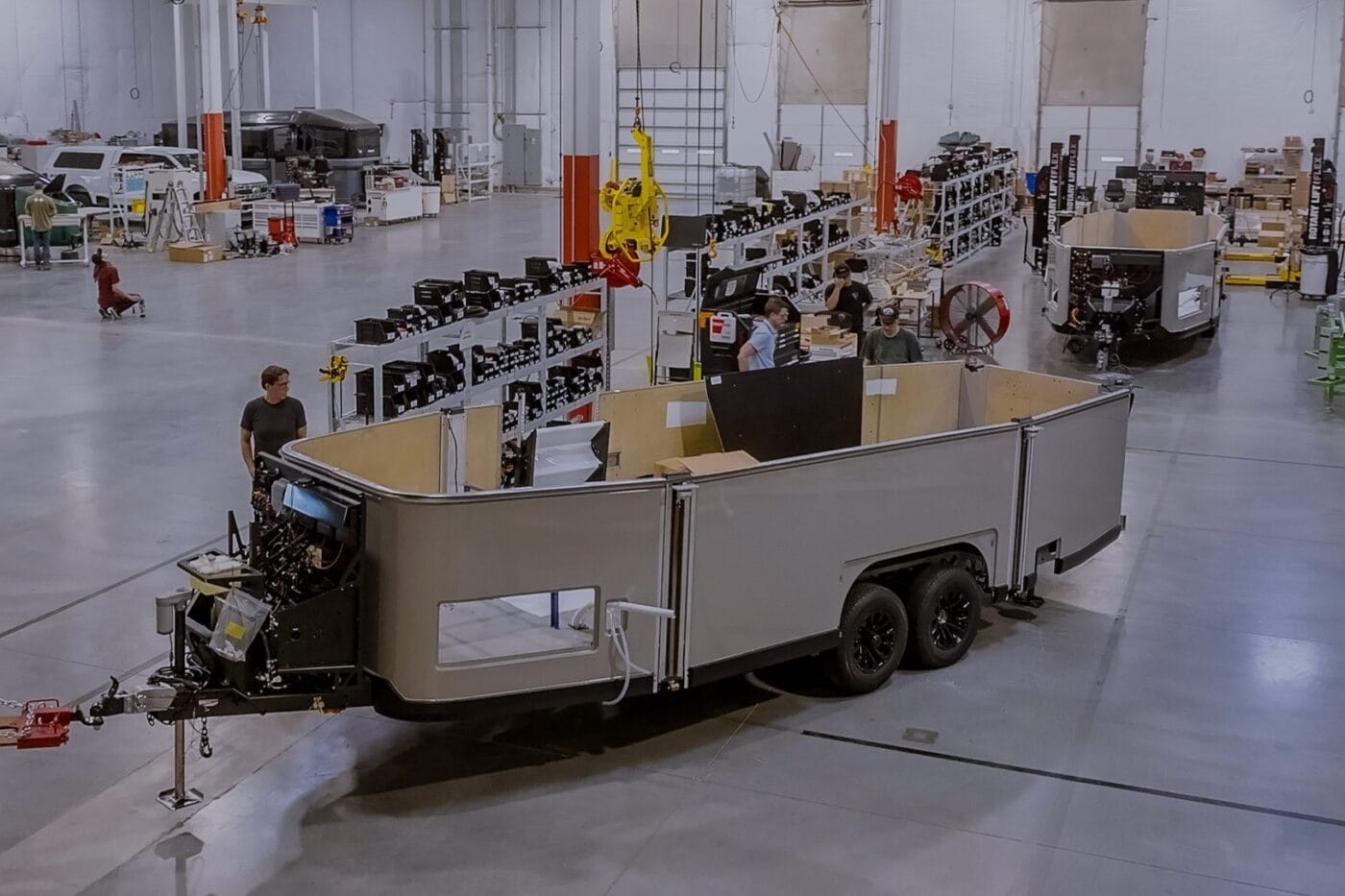
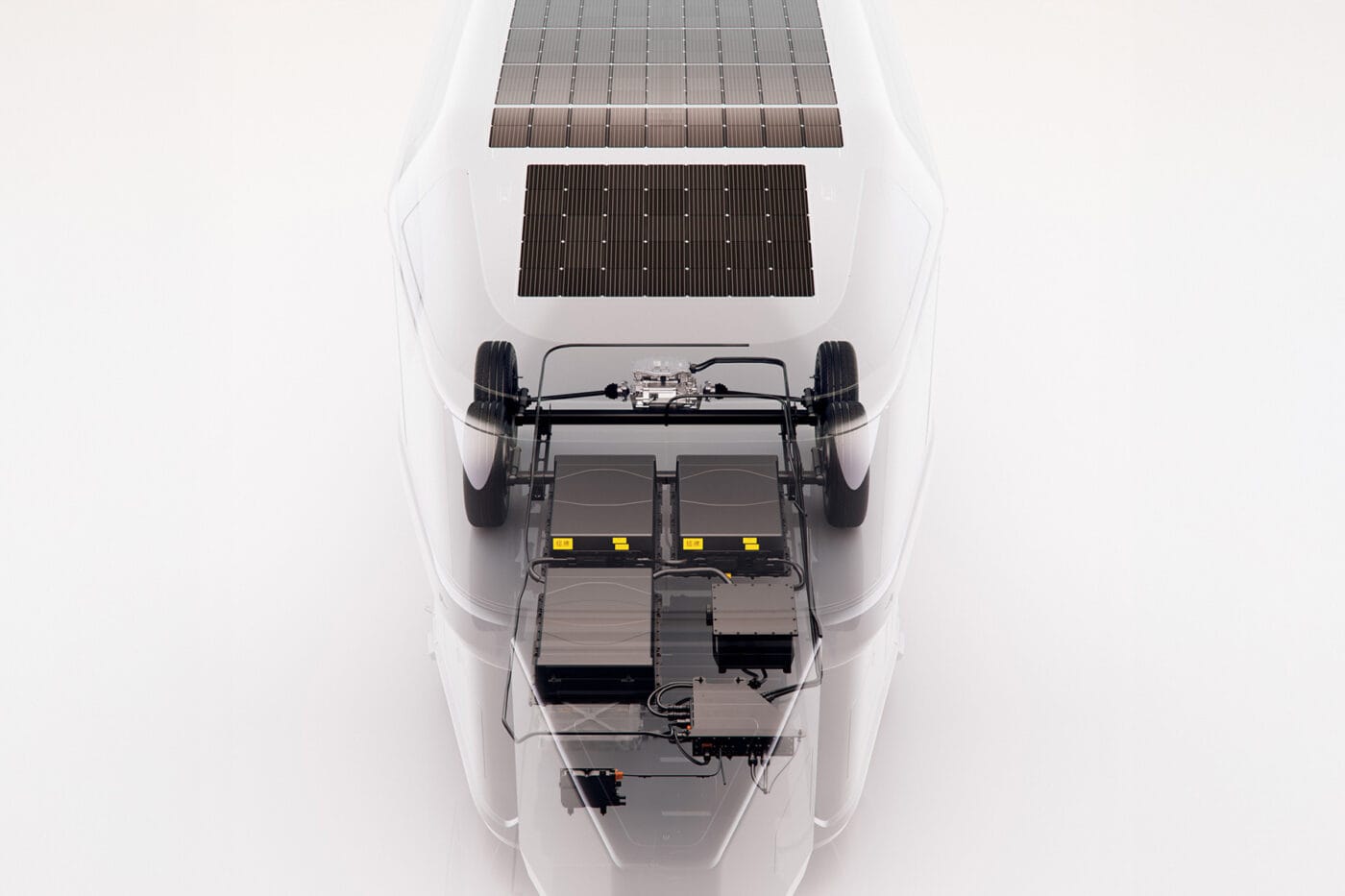
The AE.1 Atmos is currently the mid-range model in the range and costs at least $184,000, which is equivalent to around €157,000. This version is expected to be available from next spring and features solar panels with a maximum output of 1.8 kW. A third bed and an electric awning are available at an additional cost. The 77 kWh battery is designed to provide the caravan with a week’s worth of self-sufficient power. This makes it suitable for longer trips into the wilderness.
The entry-level model is the AE.1 Panos, which Lightship offers from $151,000, or approximately €129,000. It is not expected to reach North American customers until the end of 2026. For this price, customers get a solar system with an output of 840 watts and a significantly smaller 44 kWh battery. A third bed and an electric awning are also available as options.
Although they do not specify an official cW value, Lightship claims that the caravans they have developed themselves are three times more aerodynamic than normal trailers. To achieve this, the company uses a design similar to that of Hi-Lo trailers. The roof and exterior walls are extended upwards at the touch of a button when stationary, which means that the front surface can be kept significantly lower while driving.
The compact drive train of the trailer is called “TrekDrive” and is only used when necessary, for example on inclines. Sensors on the drawbar eye measure every single pulling movement and relief. Based on this real-time data, the drive control unit decides whether and with what intensity the motorhome’s motor should support the towing vehicle.
With its 77 kWh battery, the AE.1 Atmos should be able to travel up to 480 kilometers on its own. Since the trailer actively assists them, the towing vehicles should offer almost the same range as in normal operation despite the much higher total weight, according to the company.
The catch: not many electric cars are suitable as towing vehicles, as the Cosmos Edition has a curb weight of just under 3.4 tons. The other versions are likely to be only slightly lighter. In the US, Rivian’s SUVs and pickups are a good option, as their maximum towing capacity is an impressive 3.5 tons. The R1S with the largest battery is said to offer a range of 650 kilometers. With one of Lightship’s caravans in tow, its range should only be marginally smaller.
The idea for this caravan concept came to Lightship co-founder Ben Parker during a long camping trip across the USA. He was bothered by the noise and exhaust fumes caused by conventional generators. But campers still rely on these generators if they don’t want to limit themselves to designated campsites with electricity connections.

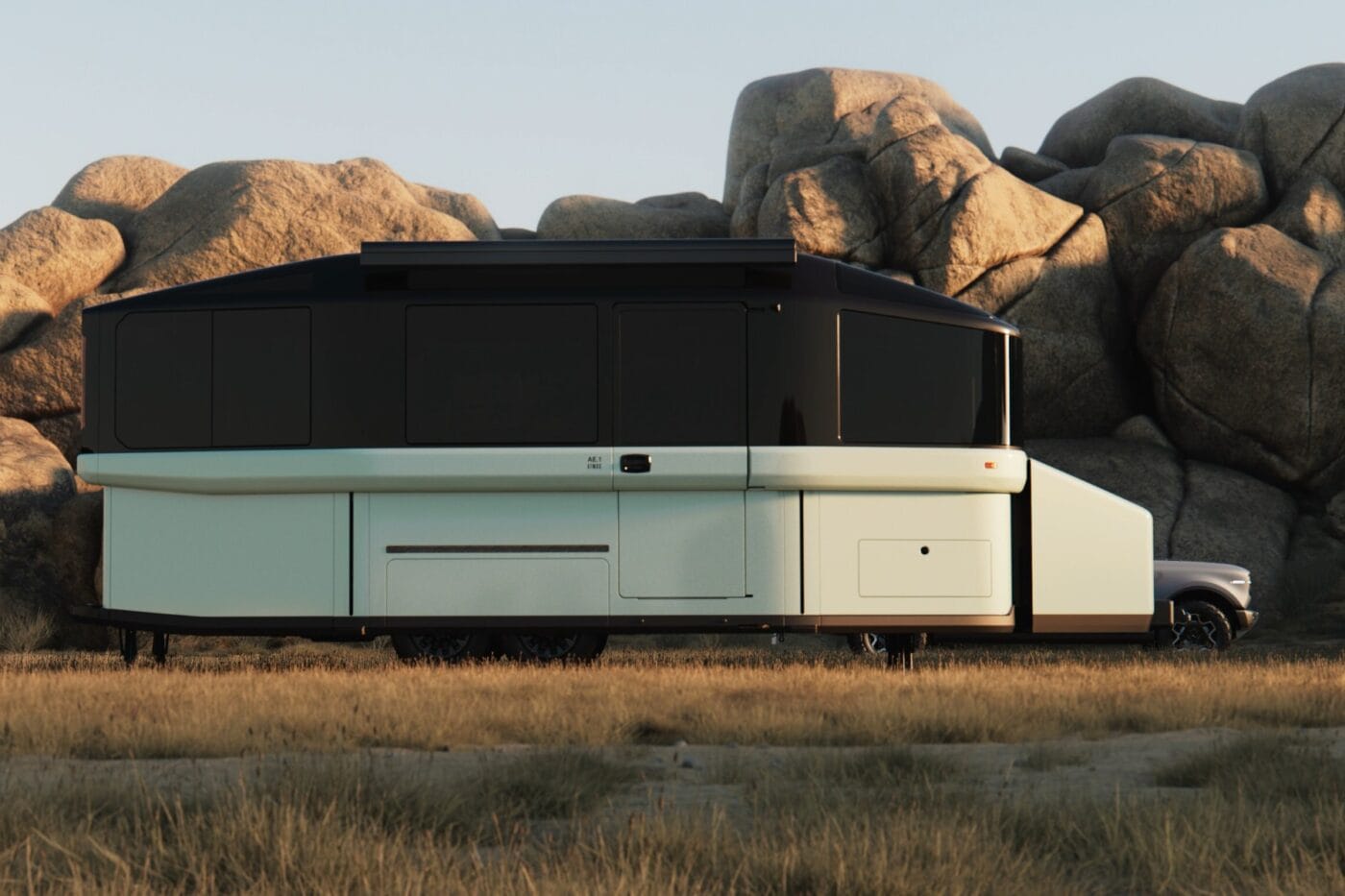

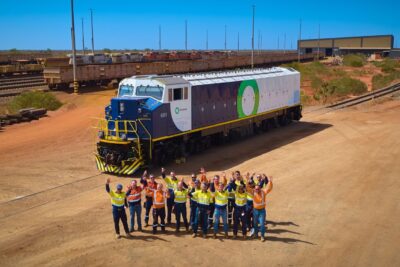
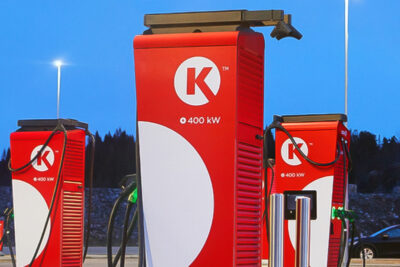
0 Comments